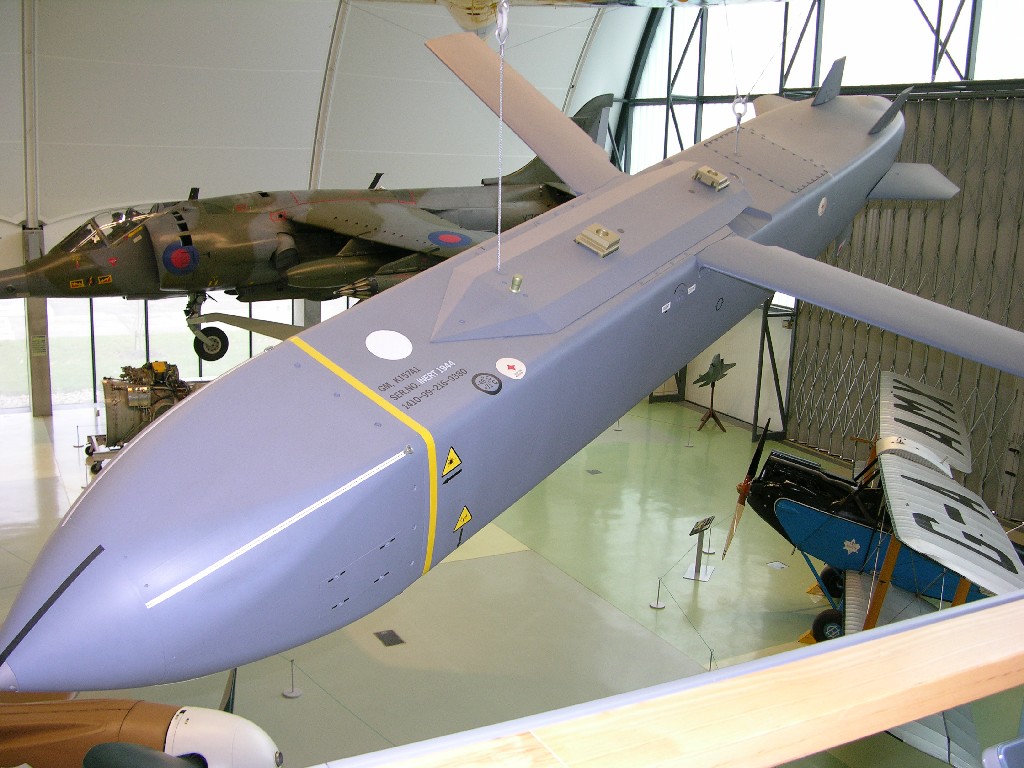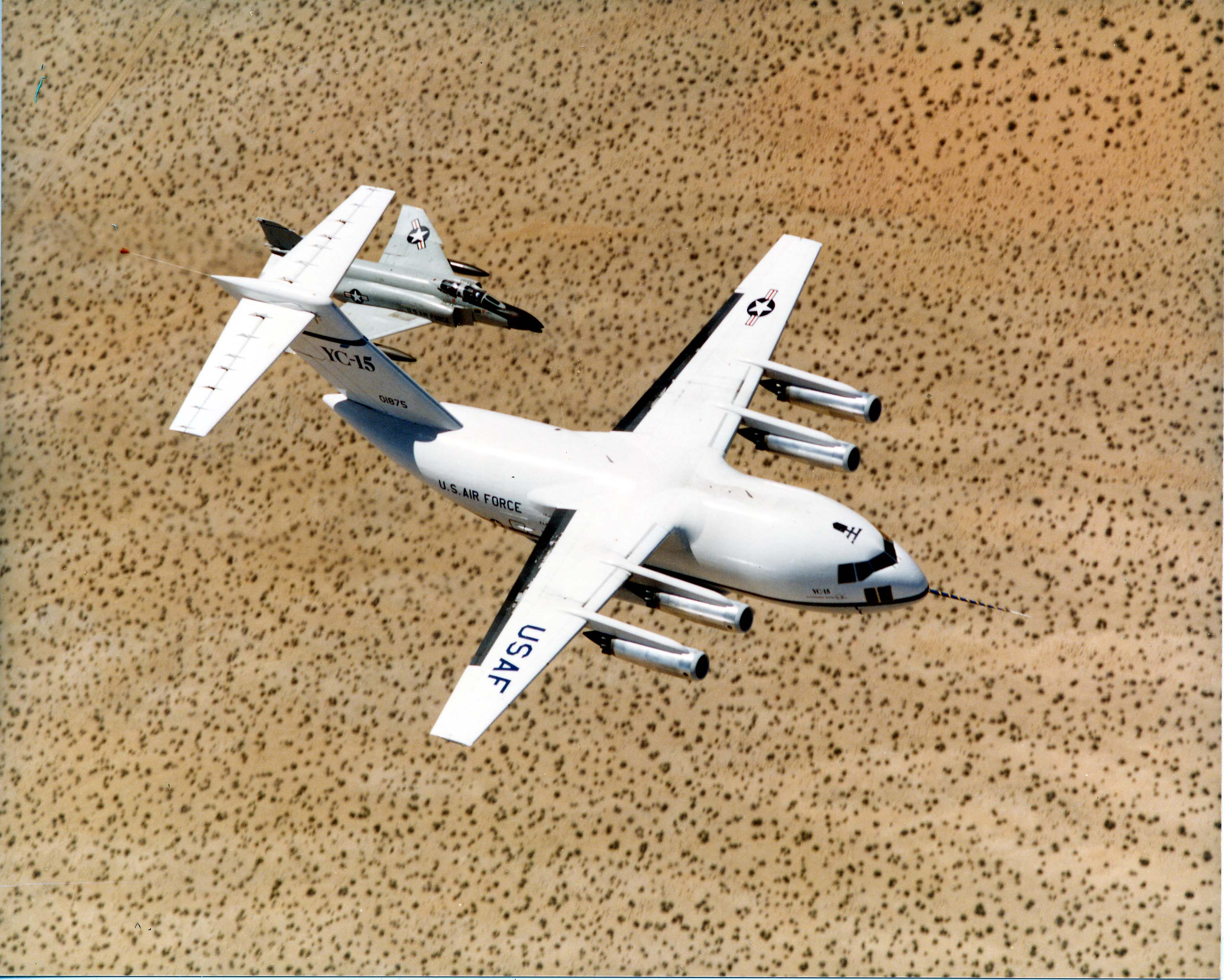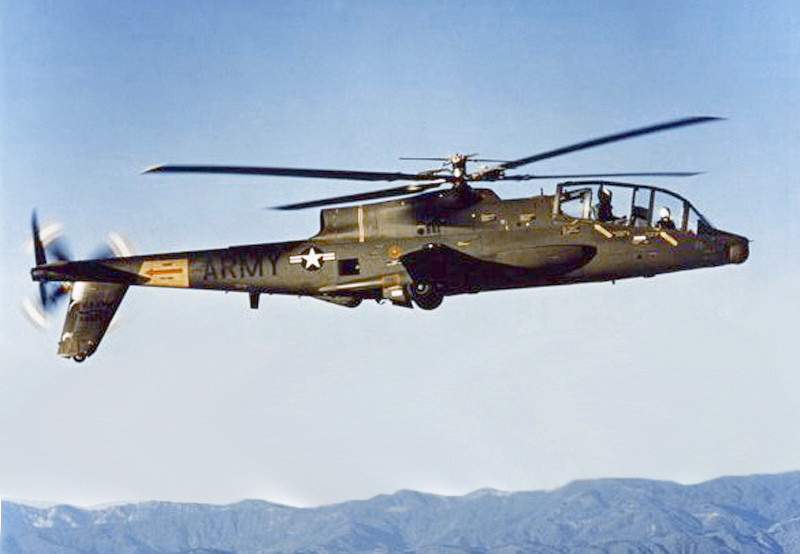|
TERPROM
TERPROM (terrain profile matching) is a military navigation Ground Proximity Warning System (GPWS) employed on aircraft and missiles, which uses stored digital elevation data combined with navigation system and radar altimeter inputs to compute the location of an aircraft or missile above the surface of the Earth. It is also used as a warning system to prevent aircraft from flying too close to the ground. The acronym TERPROM has become a trademark in its own right. TERPROM was initially conceived in 1977 within the Bristol-based Guided Weapons New Projects Office of British Aerospace as a private venture project. The private venture status continued until the mid-1980s. British Aerospace later received a MoD funded contract to advise the Government on the development options and applications of tactical cruise missiles. TERPROM utilises Terrain Referenced Navigation to provide aircraft with a Predictive Ground Collision Avoidance System (PGCAS) as well as Obstruction Warning ... [...More Info...] [...Related Items...] OR: [Wikipedia] [Google] [Baidu] |
SEPECAT Jaguar
The SEPECAT Jaguar is a British-French supersonic jet attack aircraft originally used by the British Royal Air Force and the French Air Force in the close air support and nuclear strike role. As of 2025, the Jaguar remains in service with the Indian Air Force. Originally conceived in the 1960s as a jet trainer with a light ground attack capability, the requirement for the aircraft soon changed to include supersonic performance, reconnaissance and tactical nuclear weapon, tactical nuclear strike roles. A carrier-based variant was also planned for French Navy service, but this was cancelled in favour of the cheaper, fully French-built Dassault-Breguet Super Étendard. The aircraft were manufactured by SEPECAT (''Société Européenne de Production de l'avion Ecole de Combat et d'Appui Tactique''), a joint venture between Bréguet Aviation, Breguet and the British Aircraft Corporation, one of the first major joint British-French military aircraft programmes. The Jaguar was expor ... [...More Info...] [...Related Items...] OR: [Wikipedia] [Google] [Baidu] |
Ground Proximity Warning System
A Ground Proximity Warning System (GPWS) is a system designed to alert pilots if their aircraft is in immediate danger of flying into the ground or an obstacle. The United States Federal Aviation Administration (FAA) defines GPWS as a type of terrain awareness and warning system (TAWS). More advanced systems, introduced in 1996, are known as enhanced ground proximity warning systems (EGPWS), a modern type of TAWS. History In the late 1960s, a series of controlled flight into terrain (CFIT) accidents took the lives of hundreds of people. A CFIT accident is one where a properly functioning airplane under the control of a fully qualified and certified crew is flown into terrain, water or obstacles with no apparent awareness on the part of the crew.Note: Original text copied from U.S. FAA Circular AC23-1. As a work of the U.S. Government, there is no copyright on the work, and it may be freely copied, and is thus included here. Additional or reduced text and formatting, not inclu ... [...More Info...] [...Related Items...] OR: [Wikipedia] [Google] [Baidu] |
Storm Shadow
The Storm Shadow is a Franco-British low-observable, long-range air-launched cruise missile developed since 1994 by Matra and British Aerospace, and now manufactured by MBDA. "Storm Shadow" is the weapon's British name; in France it is called SCALP-EG (which stands for "''Système de Croisière Autonome à Longue Portée – Emploi Général''"; English: "Long Range Autonomous Cruise Missile System – General Purpose"). The missile is based on the French-developed Apache anti-runway cruise missile, but differs in that it carries a unitary warhead instead of cluster munitions. To meet the requirement issued by the French Ministry of Defence for a more potent cruise missile capable of being launched from surface vessels and submarines, and able to strike strategic and military targets from extended standoff ranges with even greater precision, MBDA France began development of the '' Missile de Croisière Naval'' ("Naval Cruise Missile") or ''MdCN'' in 2006 to complement the ... [...More Info...] [...Related Items...] OR: [Wikipedia] [Google] [Baidu] |
Eurofighter Typhoon
The Eurofighter Typhoon is a European multinational twin-engine, supersonic, canard delta wing, multirole fighter. The Typhoon was designed originally as an air-superiority fighter and is manufactured by a consortium of Airbus, BAE Systems and Leonardo that conducts the majority of the project through a joint holding company, Eurofighter Jagdflugzeug GmbH. The NATO Eurofighter and Tornado Management Agency, representing the UK, Germany, Italy and Spain, manages the project and is the prime customer. The aircraft's development effectively began in 1983 with the Future European Fighter Aircraft programme, a multinational collaboration among the UK, Germany, France, Italy and Spain. Previously, Germany, Italy and the UK had jointly developed and deployed the Panavia Tornado combat aircraft and desired to collaborate on a new project, with additional participating EU nations. Disagreements over design authority and operational requirements however, led France to leave the ... [...More Info...] [...Related Items...] OR: [Wikipedia] [Google] [Baidu] |
Mirage 2000
The Dassault Mirage 2000 is a French multirole, single-engine, delta wing, fourth-generation jet fighter manufactured by Dassault Aviation. It was designed in the late 1970s as a lightweight fighter to replace the Mirage III for the French Air Force (''Armée de l'air''). The Mirage 2000 evolved into a multirole aircraft with several variants developed, with sales to a number of nations. It was later developed into the Mirage 2000N and 2000D strike variants, the improved Mirage 2000-5, and several export variants. Over 600 aircraft were built and it has been in service with nine nations. Development Previous projects The origins of the Mirage 2000 could be traced back to 1965, when France and Britain agreed to develop the "Anglo-French Variable Geometry" ( AFVG) swing-wing aircraft. Two years later, France withdrew from the project on grounds of costs, after which Britain would collaborate with West Germany and Italy to ultimately produce the Panavia Tornado. Dassault in ... [...More Info...] [...Related Items...] OR: [Wikipedia] [Google] [Baidu] |
Missile Guidance
Missile guidance refers to a variety of methods of guiding a missile or a guided bomb to its intended target. The missile's target accuracy is a critical factor for its effectiveness. Guidance systems improve missile accuracy by improving its Probability of Guidance (Pg). These guidance technologies can generally be divided up into a number of categories, with the broadest categories being "active", "passive", and "preset" guidance. Missiles and guided bombs generally use similar types of guidance system, the difference between the two being that missiles are powered by an onboard engine, whereas guided bombs rely on the speed and height of the launch aircraft for propulsion. History The concept of unmanned guidance originated at least as early as World War I, with the idea of remotely guiding an airplane bomb onto a target, such as the systems developed for the R.F.C. World War I Drone Weapons, first powered drones by Archibald Low (the father of radio guidance). In World War ... [...More Info...] [...Related Items...] OR: [Wikipedia] [Google] [Baidu] |
MBDA
MBDA is a European multinational corporation specialized in the design, development and manufacturing of Missile, missiles and related systems.MBDA Inc. US Division Corporate Page Headquartered in Le Plessis-Robinson, France, the company was founded in December 2001 via the Mergers and acquisitions, merger of three of the most prominent European missile systems companies: the French Aérospatiale, Aérospatiale Matra Missiles, the Anglo-French Matra BAe Dynamics and the missile division of the Anglo-Italian Alenia Marconi Systems. These businesses were subsidiaries of EADS (now called Airbus), BAE Systems and Finmeccanica (now Leonardo (company), Leonardo), and all three remain MBDA's parent companies. MBDA employs around 13,000 people worldwide as of 2023 and, despite being an integrated company, has maintained nationa ... [...More Info...] [...Related Items...] OR: [Wikipedia] [Google] [Baidu] |
Boeing C-17 Globemaster III
The McDonnell Douglas/Boeing C-17 Globemaster III is a large military transport aircraft developed for the United States Air Force (USAF) between the 1980s to the early 1990s by McDonnell Douglas. The C-17 carries forward the name of two previous piston-engined military cargo aircraft, the Douglas C-74 Globemaster and the Douglas C-124 Globemaster II. The C-17 is based upon the McDonnell Douglas YC-15, YC-15, a smaller prototype airlifter designed during the 1970s. It was designed to replace the Lockheed C-141 Starlifter, and also fulfill some of the duties of the Lockheed C-5 Galaxy. The redesigned airlifter differs from the YC-15 in that it is larger and has swept wings and more powerful engines. Development was protracted by a series of design issues, causing the company to incur a loss of nearly US$1.5 billion on the program's development phase. On 15 September 1991, roughly one year behind schedule, the first C-17 performed its maiden flight. The C-17 formally entered USAF ... [...More Info...] [...Related Items...] OR: [Wikipedia] [Google] [Baidu] |
C-130
The Lockheed C-130 Hercules is an American four-engine turboprop military transport aircraft designed and built by Lockheed Corporation, Lockheed (now Lockheed Martin). Capable of using unprepared runways for takeoffs and landings, the C-130 was originally designed as a troop, Medical evacuation, medevac, and Cargo aircraft, cargo transport aircraft. The versatile airframe has found uses in other roles, including as a gunship (AC-130), for airborne infantry, airborne assault, search and rescue, scientific research support, weather reconnaissance, aerial refueling, maritime patrol, and aerial firefighting. It is now the main tactical airlifter for many military forces worldwide. More than 40 variants of the Hercules, including civilian versions marketed as the Lockheed L-100, operate in more than 60 nations. The C-130 entered service with the U.S. in 1956, followed by Australia and many other nations. During its years of service, the Hercules has participated in numerous militar ... [...More Info...] [...Related Items...] OR: [Wikipedia] [Google] [Baidu] |
BAE Hawk
The BAE Systems Hawk is a British single-engine, subsonic, jet-powered advanced trainer aircraft. Its aluminum alloy fuselage is of conventional string-frame construction. It was first known as the Hawker Siddeley Hawk, and subsequently produced by its successor companies, British Aerospace and BAE Systems. It has been used in a training capacity and as a low-cost combat aircraft. Operators of the Hawk include the Royal Air Force (notably the Red Arrows display team) and several foreign military operators. The Hawk was produced at BAE Brough until 2020 in the UK, and continues to be produced under licence in India by Hindustan Aeronautics Limited (HAL), with over 1000 Hawks sold to 18 operators around the world. Development Origins In 1964, the Royal Air Force specified a requirement (Air Staff Target, AST, 362) for a new fast jet trainer to replace the Folland Gnat. The SEPECAT Jaguar was originally intended for this role, but it was soon realised that it would be too co ... [...More Info...] [...Related Items...] OR: [Wikipedia] [Google] [Baidu] |
A-10 Thunderbolt II
The Fairchild Republic A-10 , also infamously known under the nickname , is a single-seat, twinjet, twin-turbofan, straight wing, straight-wing, Subsonic aircraft, subsonic attack aircraft developed by Fairchild Aircraft, Fairchild Republic for the United States Air Force (USAF). Initial operating capability, In service since 1977, it is named after the Republic P-47 Thunderbolt strike-fighter of World War II, but is instead commonly referred to as the "Warthog" (sometimes simply "Pig, Hog"). The A-10 was designed to provide close air support (CAS) to ground troops by attacking enemy armored vehicles, tanks, and other ground forces; it is the only production-built aircraft designed solely for CAS to have served with the U.S. Air Force. Its secondary mission is to direct other aircraft in attacks on ground targets, a role called forward air controller (FAC)-airborne; aircraft used primarily in this role are designated OA-10. The A-10 was intended to improve on the performance ... [...More Info...] [...Related Items...] OR: [Wikipedia] [Google] [Baidu] |
Panavia Tornado
The Panavia Tornado is a family of twin-engine, variable-sweep wing multi-role combat aircraft, jointly developed and manufactured by Italy, the United Kingdom and Germany. There are three primary #Variants, Tornado variants: the Tornado IDS (interdictor/attack aircraft, strike) fighter-bomber, the Tornado ECR (electronic warfare aircraft, electronic combat/reconnaissance aircraft, reconnaissance) SEAD aircraft and the Tornado ADV (air defence variant) interceptor aircraft. The Tornado was developed and built by Panavia Aircraft GmbH, a tri-national consortium consisting of British Aerospace (previously British Aircraft Corporation), Messerschmitt-Bölkow-Blohm, MBB of West Germany, and Aeritalia of Italy. It first flew on 14 August 1974 and was introduced into service in 1979–1980. Due to its multirole design, it was able to replace several different types of aircraft in the adopting air forces. The Royal Saudi Air Force (RSAF) became the only export operator of the Tornad ... [...More Info...] [...Related Items...] OR: [Wikipedia] [Google] [Baidu] |








